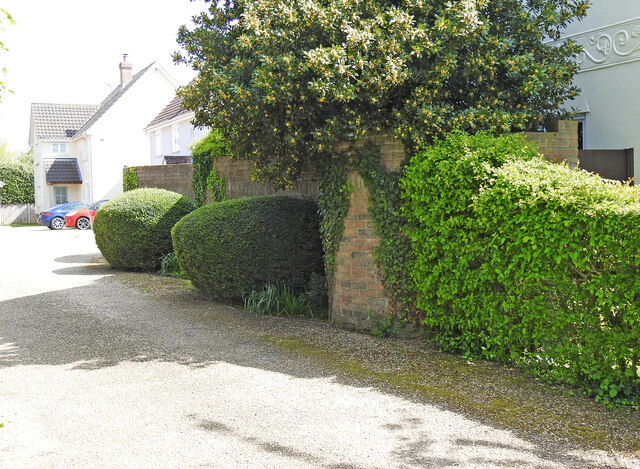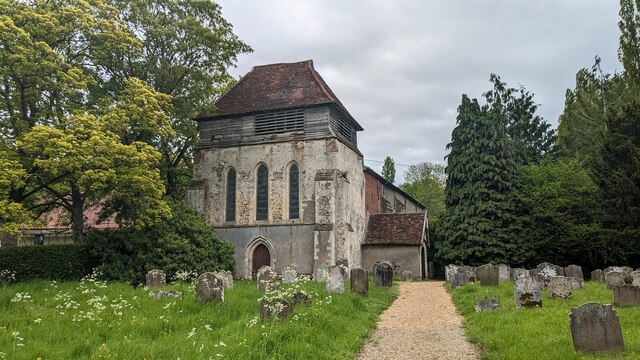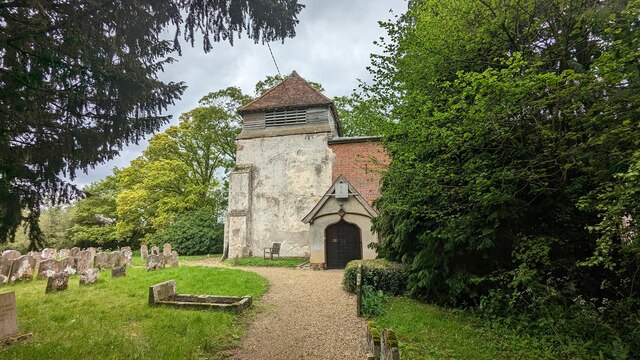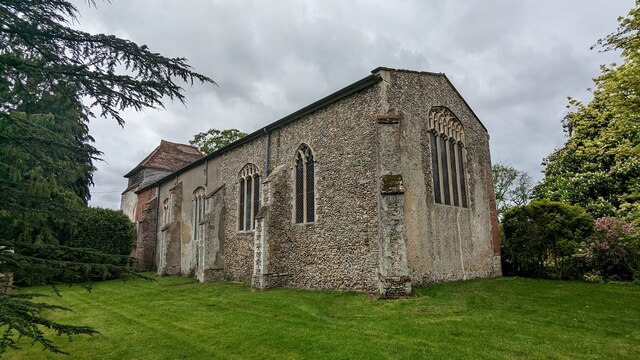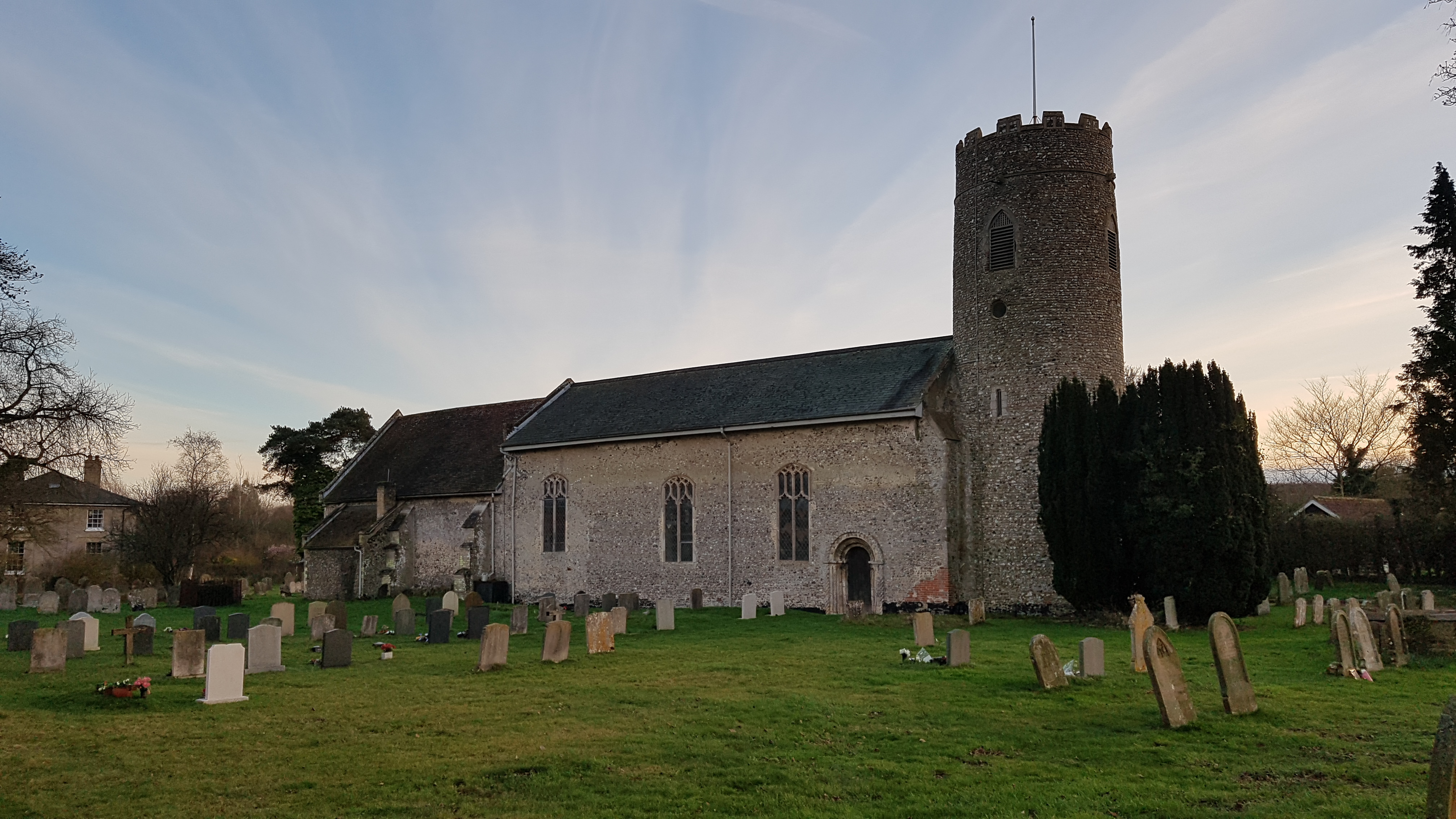Bulham's Covert
Wood, Forest in Suffolk East Suffolk
England
Bulham's Covert
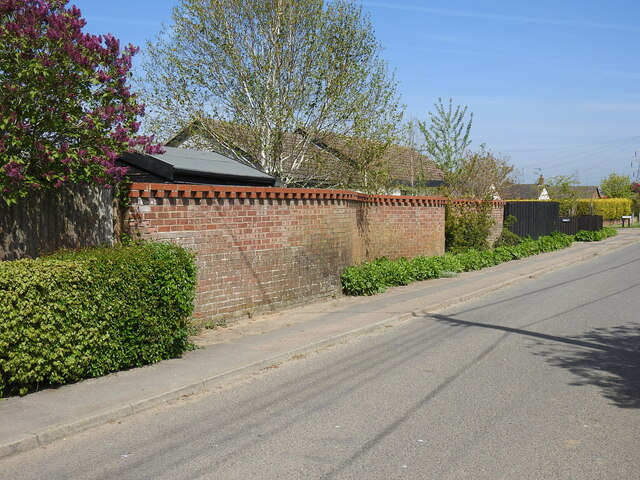
Bulham's Covert, located in Suffolk, England, is an enchanting woodland known for its dense forest and serene ambiance. Spread over a vast area, it captivates visitors with its natural beauty and diverse range of flora and fauna. The covert is situated in close proximity to the village of Bulham, hence its name.
Covered in a lush canopy of trees, Bulham's Covert is predominantly composed of oak, beech, and birch trees, which provide a rich habitat for various wildlife species. The forest floor is adorned with a carpet of vibrant wildflowers such as bluebells, primroses, and foxgloves during the spring months, creating a picturesque scene.
The woodland is home to a plethora of wildlife, including deer, foxes, badgers, and various species of birds. Birdwatchers often visit the covert to catch a glimpse of rare species such as tawny owls, woodpeckers, and red kites. The tranquil environment and abundance of natural resources also attract numerous insects, making the woodland a haven for butterflies and bees.
Walking trails wind through the covert, allowing visitors to explore and immerse themselves in the peaceful surroundings. Nature enthusiasts can enjoy birdwatching, wildlife photography, or simply find solace in the peaceful atmosphere. The woodland also provides an ideal setting for picnics, family outings, or leisurely walks, offering a refreshing escape from the hustle and bustle of everyday life.
Overall, Bulham's Covert in Suffolk offers a captivating natural retreat for those seeking tranquility and a chance to reconnect with nature.
If you have any feedback on the listing, please let us know in the comments section below.
Bulham's Covert Images
Images are sourced within 2km of 52.374707/1.470947 or Grid Reference TM3680. Thanks to Geograph Open Source API. All images are credited.




Bulham's Covert is located at Grid Ref: TM3680 (Lat: 52.374707, Lng: 1.470947)
Administrative County: Suffolk
District: East Suffolk
Police Authority: Suffolk
What 3 Words
///lifelong.playfully.straying. Near Halesworth, Suffolk
Nearby Locations
Related Wikis
Wissett
Wissett is a village and civil parish in the English county of Suffolk. It is 2 miles (3.2 km) north-east of the market town of Halesworth in the East...
Spexhall
Spexhall is a village and civil parish in the north-east of the English county of Suffolk. The village, which is dispersed in nature, is around 1.5 miles...
Rumburgh
Rumburgh is a village and civil parish in the English county of Suffolk. It is 3.5 miles (5.6 km) north-west of the market town of Halesworth in the East...
Rumburgh Priory
Rumburgh Priory was a Benedictine priory located in the village of Rumburgh in the English county of Suffolk. The priory was founded in about 1065 as a...
Have you been to Bulham's Covert?
Leave your review of Bulham's Covert below (or comments, questions and feedback).
